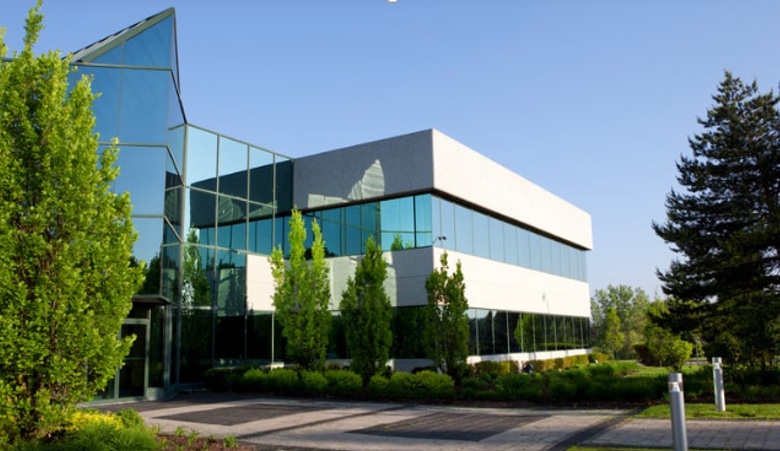How Commercial Architects Are Shaping the Future of Workspaces

The modern workplace is undergoing a dramatic transformation, driven by evolving employee needs, new technology, and a shift toward flexible, experience-centered design. At the forefront of this evolution are commercial architects in Atlanta, who are reimagining office environments to prioritize collaboration, efficiency, and well-being. Their ability to blend aesthetics with strategy is fundamentally reshaping how we think about where, and how, we work.
Rethinking Space Planning for Hybrid Work Models
One of the most significant changes in workspace design is the shift from traditional, fixed layouts to adaptable environments that support both in-office and remote work. Commercial architects are now designing spaces that can flex between open-plan collaboration areas, quiet zones for focused tasks, and tech-enabled meeting rooms for virtual communication.
This adaptability starts with asking the right questions early in the project. Understanding the questions to ask before hiring a commercial architect helps business owners clarify their goals, workflow patterns, and spatial requirements. By aligning the design process with these objectives, architects can create spaces that increase productivity and enhance employee experience.
Prioritizing Wellness and Sustainability
The future of workspace design doesn’t stop at visual appeal; it emphasizes employee wellness and environmental responsibility. Architects are incorporating biophilic elements such as natural light, indoor plants, and ventilation systems that improve air quality. Materials are selected not only for durability and appearance but also for sustainability and low environmental impact.
These wellness-focused strategies are tied to higher employee engagement and retention. When workers feel supported by their environment, they perform better and are more likely to stay with the company long-term. Commercial architects ensure that these features are built into the DNA of space, not treated as optional upgrades.
See also: Freelance Freedom: Best Digital Tools Every Independent Professional Needs
Managing Complexity and Timelines
Designing and delivering future-focused workspaces requires seamless coordination and timeline management. Commercial architecture projects often involve multiple stakeholders, tight budgets, and strict deadlines. To succeed, architects must be able to guide clients through complex project phases, from feasibility analysis to construction documentation, while keeping progress on track.
Understanding how commercial architects manage project timelines reveals how vital this role is in avoiding costly delays and ensuring a smooth execution. Their project management skills, paired with their design vision, help bridge the gap between creative ambition and operational efficiency.
Future-Proofing Through Flexibility
Architects are also planning for what’s next. Future-proof workspace design includes modular furniture systems, movable partitions, and infrastructure for emerging technology. This foresight ensures that today’s investments remain functional and relevant, even as business needs evolve.
The integration of smart systems, such as occupancy sensors, touchless entry, and energy-efficient controls, further enhances both usability and cost savings. These solutions aren’t just about tech; they’re about creating intuitive, user-friendly spaces that empower people to work smarter.
Conclusion
Commercial architects are not just designing offices; they’re crafting experiences that reflect how businesses operate in a changing world. Through strategic planning, wellness integration, and agile project execution, they’re creating workspaces that support innovation, adaptability, and employee satisfaction. As the future of work continues to evolve, their influence will remain central to how businesses design for success.
By anticipating trends, embracing flexible layouts, and incorporating smart, sustainable infrastructure, these architects help organizations stay ahead in a competitive market. Their work is reshaping corporate environments into dynamic, people-first spaces that enhance productivity while reflecting brand identity. In every blueprint, the future of work is being thoughtfully designed.


